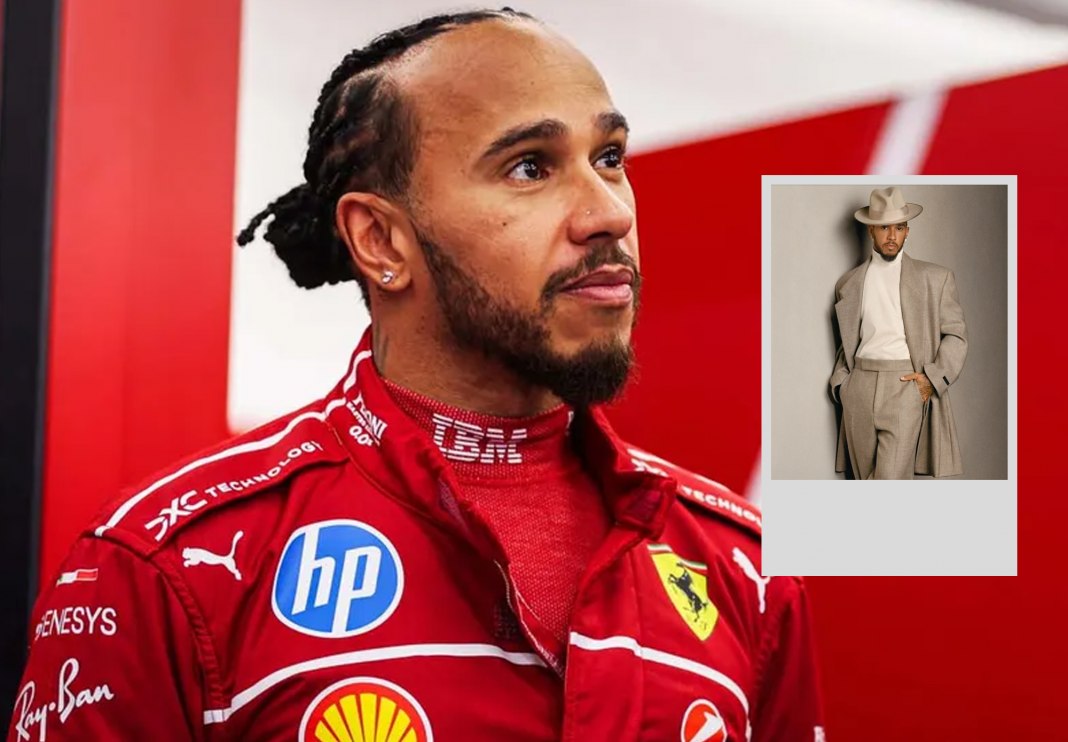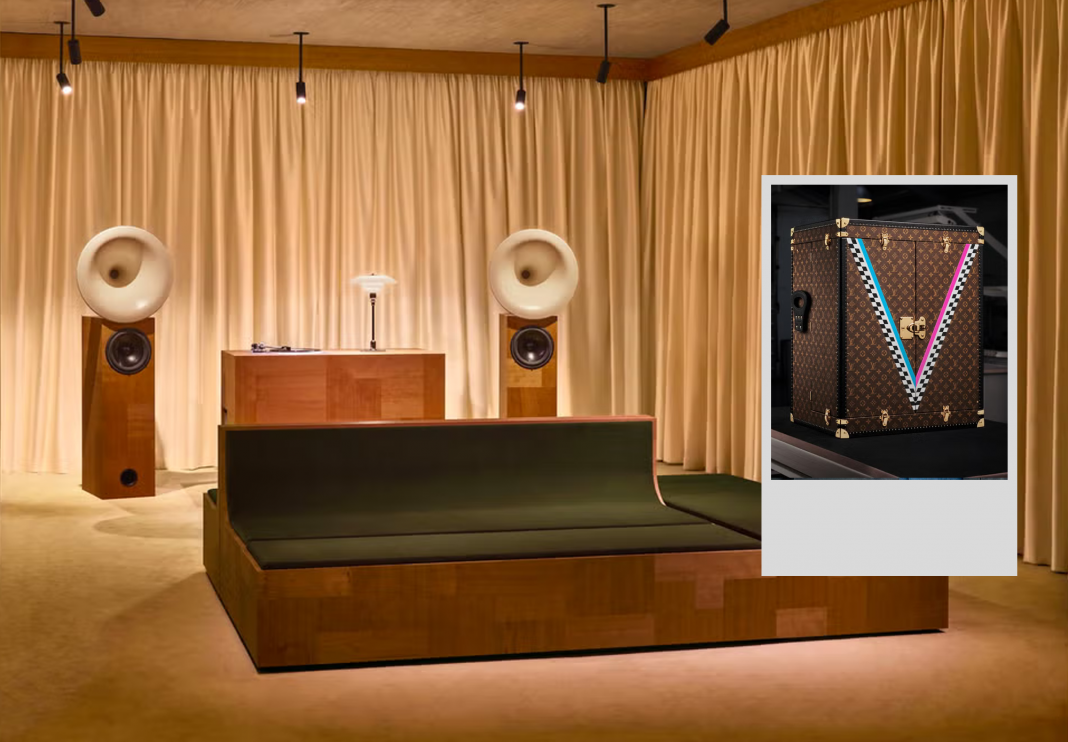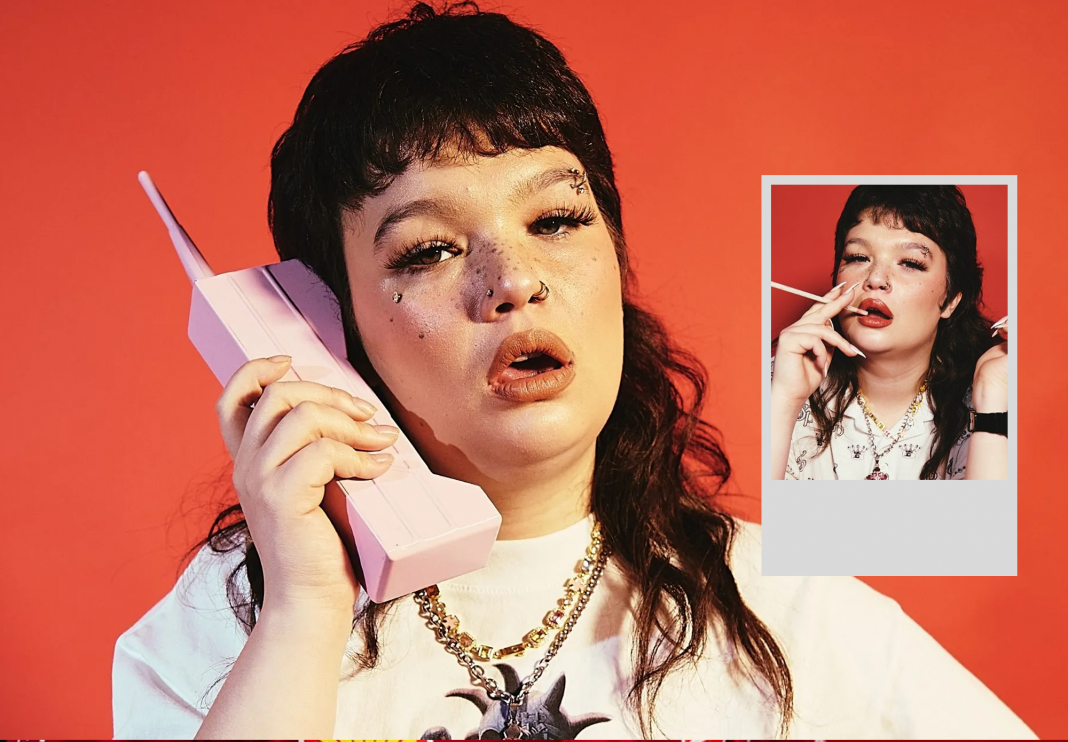As the 2025 Met Gala honors the legacy of the Black dandy, Lewis Hamilton arrives not just as a guest, but as a symbol—of resistance, reclamation, and radical style. In this powerful reflection, the Formula 1 icon opens up about identity, expectation, and why fashion has always been more than clothing. It’s about showing up, unapologetically, in a world that too often asks you to fade.
A legacy tailored in style
When Lewis Hamilton learned that this year’s Met Gala would spotlight the Black dandy, he was moved—and deeply reflective. The exhibition Superfine: Tailoring Black Style, curated by Monica L. Miller, explores the lineage of Black men who have used fashion as armor, art, and agency. For Hamilton, it struck a chord: “There are so many ways to present as a man,” he says. “You don’t have to be traditionally masculine.” As a Black man navigating global fame, Hamilton has long understood the added weight of visibility—and the pressure to overperform just to be seen as equal.
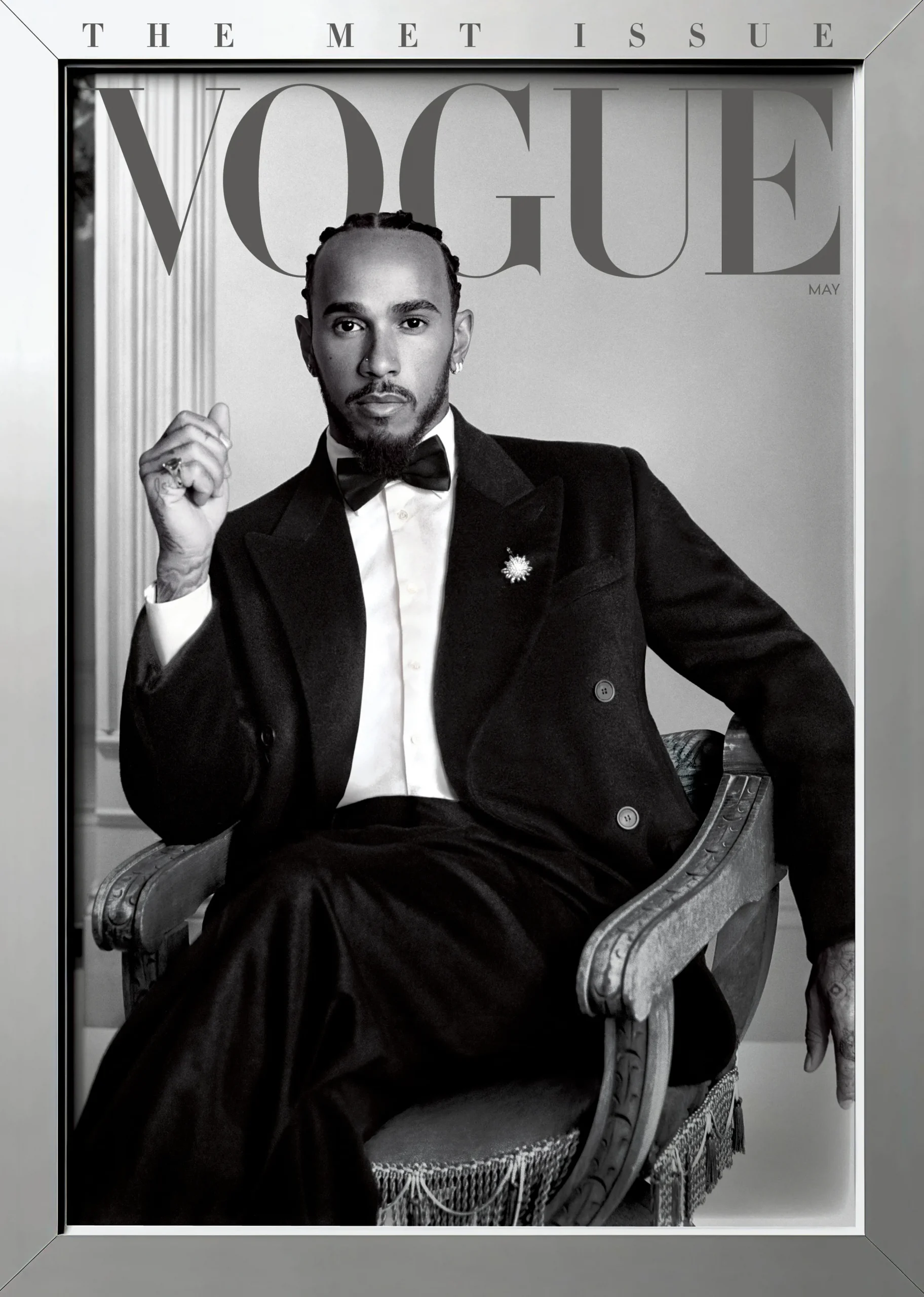
Growing up outside London with little exposure to fashion, Hamilton looked to magazines, music videos, and legends like Muhammad Ali, Michael Jordan, and Eddie Murphy for cues on style and self-expression. Later, he discovered icons like James Baldwin and André Leon Talley—men who shaped history not just through words and ideas, but through presence. “Their image was important to them,” he says. “They used fashion to say, ‘I’m here. I matter.’”
Clothes as Resistance, Dressing as Defiance
As a teenager without the means for luxury, Hamilton washed cars to buy secondhand Tommy Hilfiger. Dressing up became a ritual of self-definition—a way to say, “This is who I am.” But when he entered the elite world of Formula 1, that expression hit a wall. “I was only allowed to wear suits and team kits,” he recalls. “It was horrible. I didn’t feel like myself.”
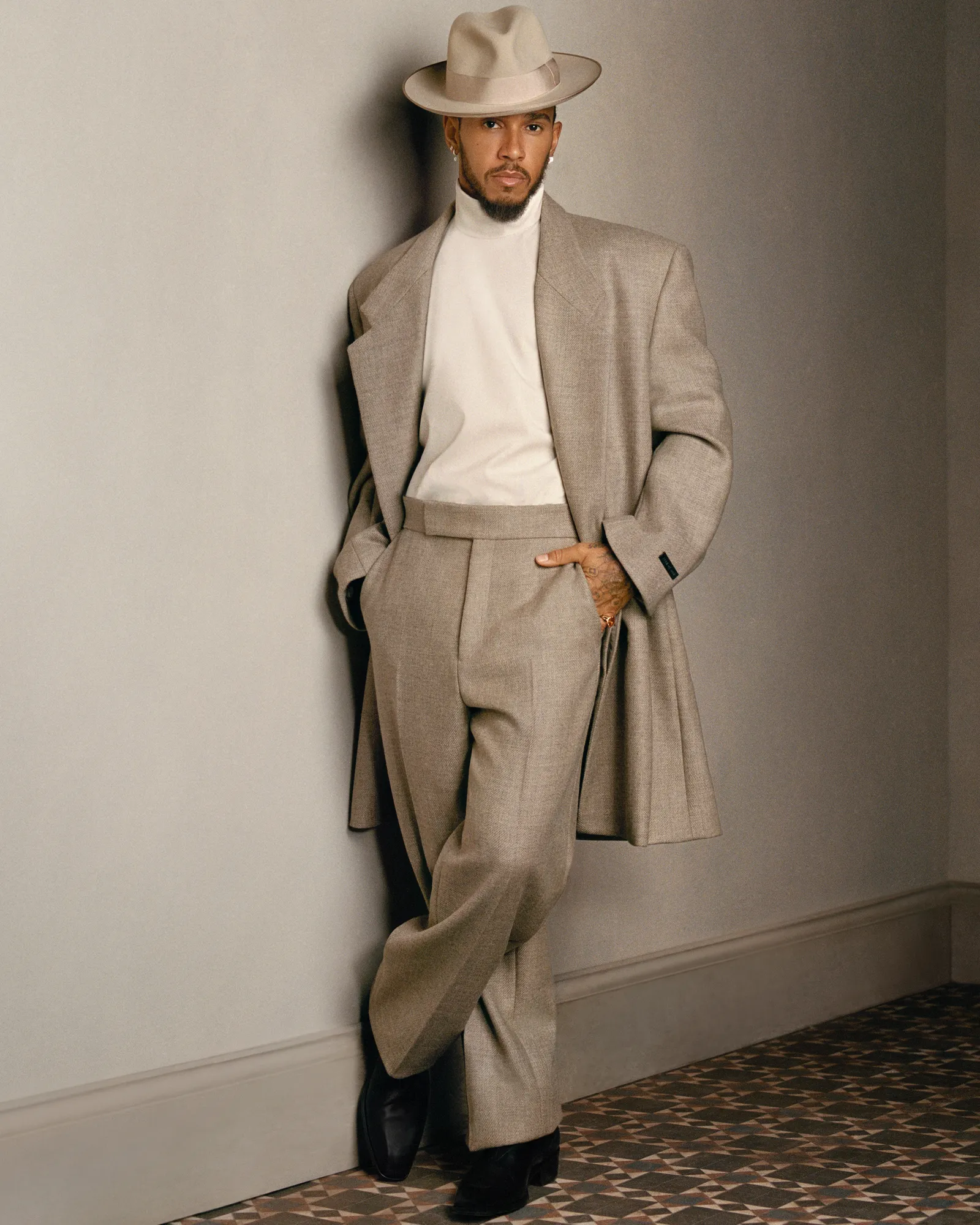
Early encounters with power made it clear that his appearance would be policed. “I remember being looked up and down by a boss,” he says, “and he definitely wasn’t impressed.” To fit in, Hamilton learned to code-switch not just in speech but in style—leaving the house in something conservative, only to change clothes down the road into his “baggy, swagged-out” self. He lived in-between identities, always negotiating who he could afford to be.
Eventually, he decided he wouldn’t ask for permission. “I said, ‘I want to show up in what I want to wear. I’m here now—you can’t change that.’” And once he claimed his fashion runway in the paddock, others followed. What began as individual rebellion became cultural shift.
More Than a Look—A Statement
Hamilton’s presence at the Met Gala over the years has evolved from guest to changemaker. In 2021, alongside stylist and friend Law Roach, he bought a table and filled it with rising Black designers. “It wasn’t just about us looking great,” he says. “It was about creating space and visibility.”
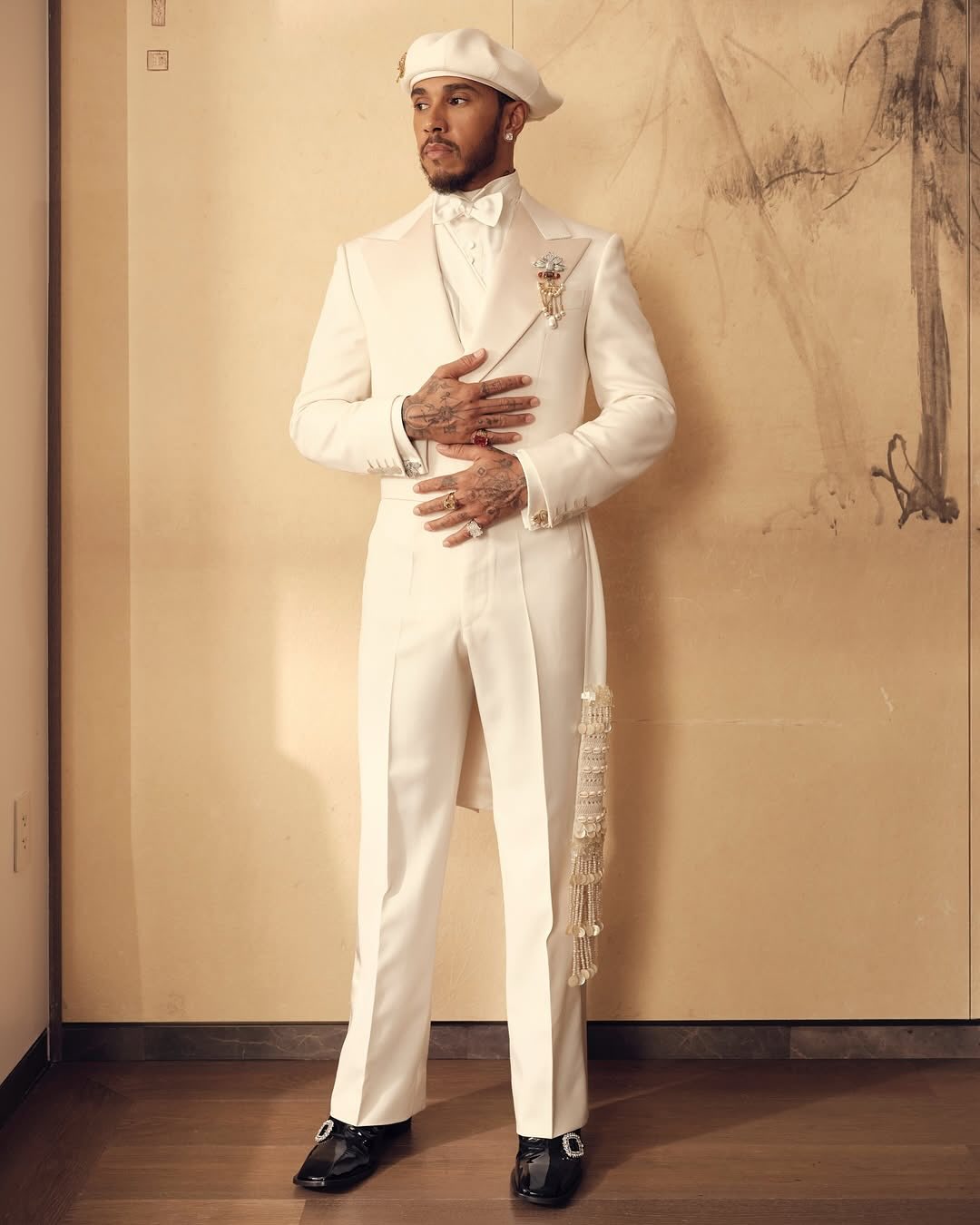
This year’s Met Gala feels especially poignant. In a moment when inclusion is increasingly under scrutiny, Hamilton sees the celebration of Black dandyism as vital. “It’s a strong message that we must continue to celebrate and elevate Black history,” he says. Fashion, for him, is a battleground and a bridge—where perception, politics, and pride converge. “We use fashion to combat preconceived notions with humanity and dignity.”
With longtime stylist Eric McNeal, Hamilton has been carefully planning his look for the night. “We’re intentional,” he says. “I hope others are too. I hope they take time to see the exhibit, to understand the storytelling.” For Hamilton, fashion is never superficial—it’s legacy woven into every stitch.
Co-Chairing the Future, Honoring the Past
Co-chairing the 2025 Met Gala alongside Pharrell Williams is a full-circle moment for Hamilton. “I remember watching Pharrell as a kid and thinking, He’s so cool. Now I’m co-chairing with him—it’s surreal.” But it’s also fitting. Both men have challenged convention, pushed culture forward, and redefined what Black excellence looks like in spaces historically closed to them.
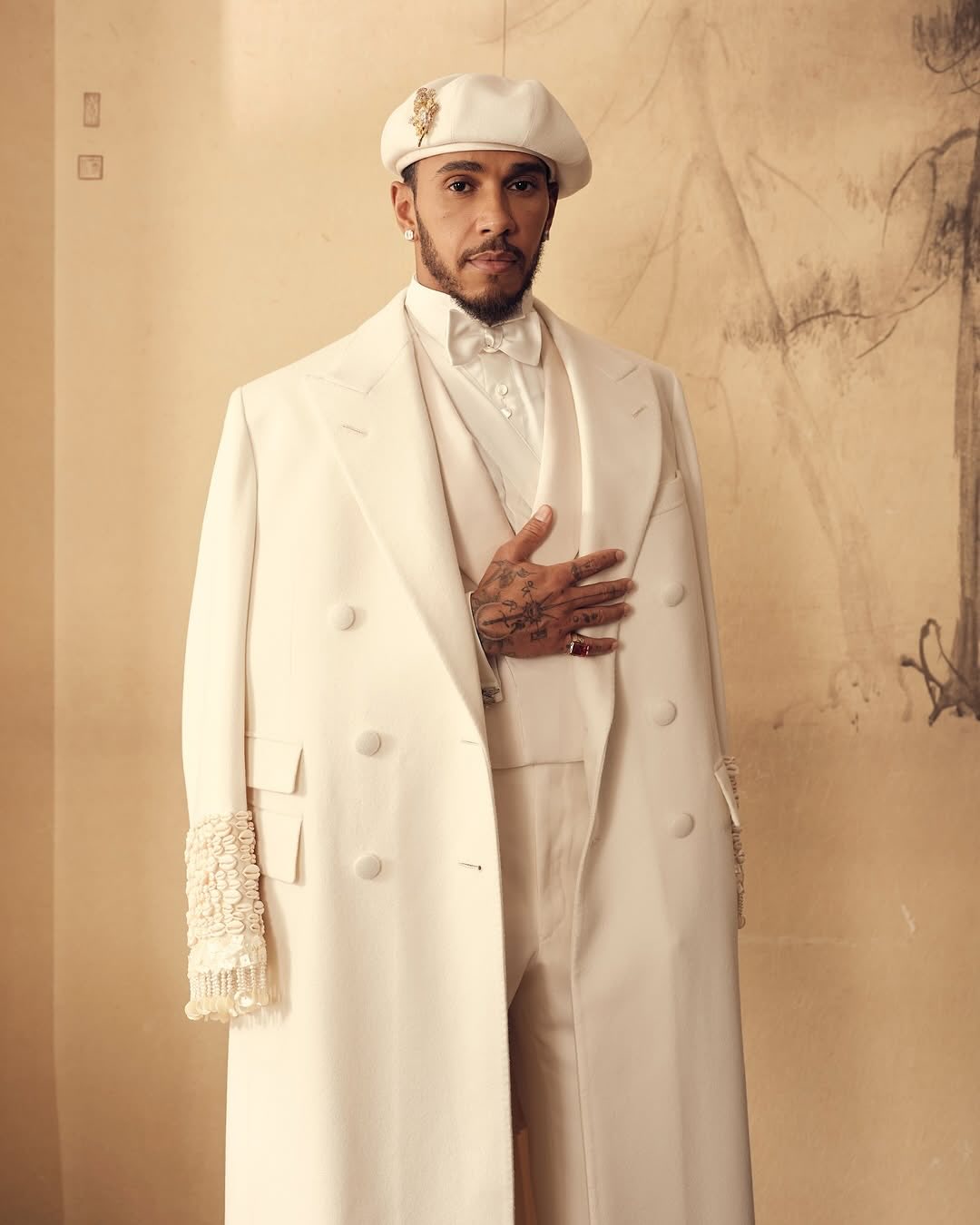
To Hamilton, this night is not just a personal milestone—it’s a cultural statement. “The moment is going to be huge. A testament to our legacy. A message that it can’t be erased.” And as he walks the steps of the Met, dressed not to impress but to express, he becomes part of a lineage that stretches from Harlem Renaissance salons to global runways—a lineage of men who refused to shrink, and showed up instead in technicolor.
In a suit tailored not just to his body but to his convictions, Lewis Hamilton is doing what he’s always done best: leading from the front. Stylishly, fearlessly, and on his own terms.




